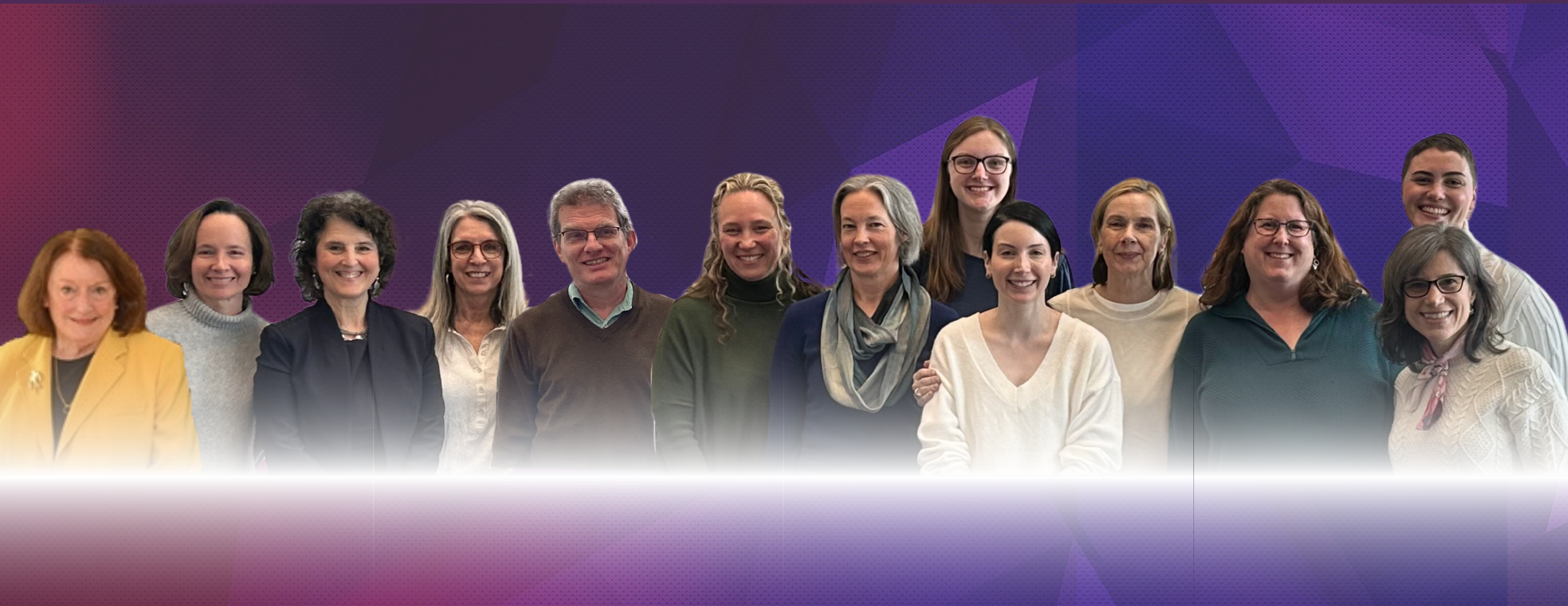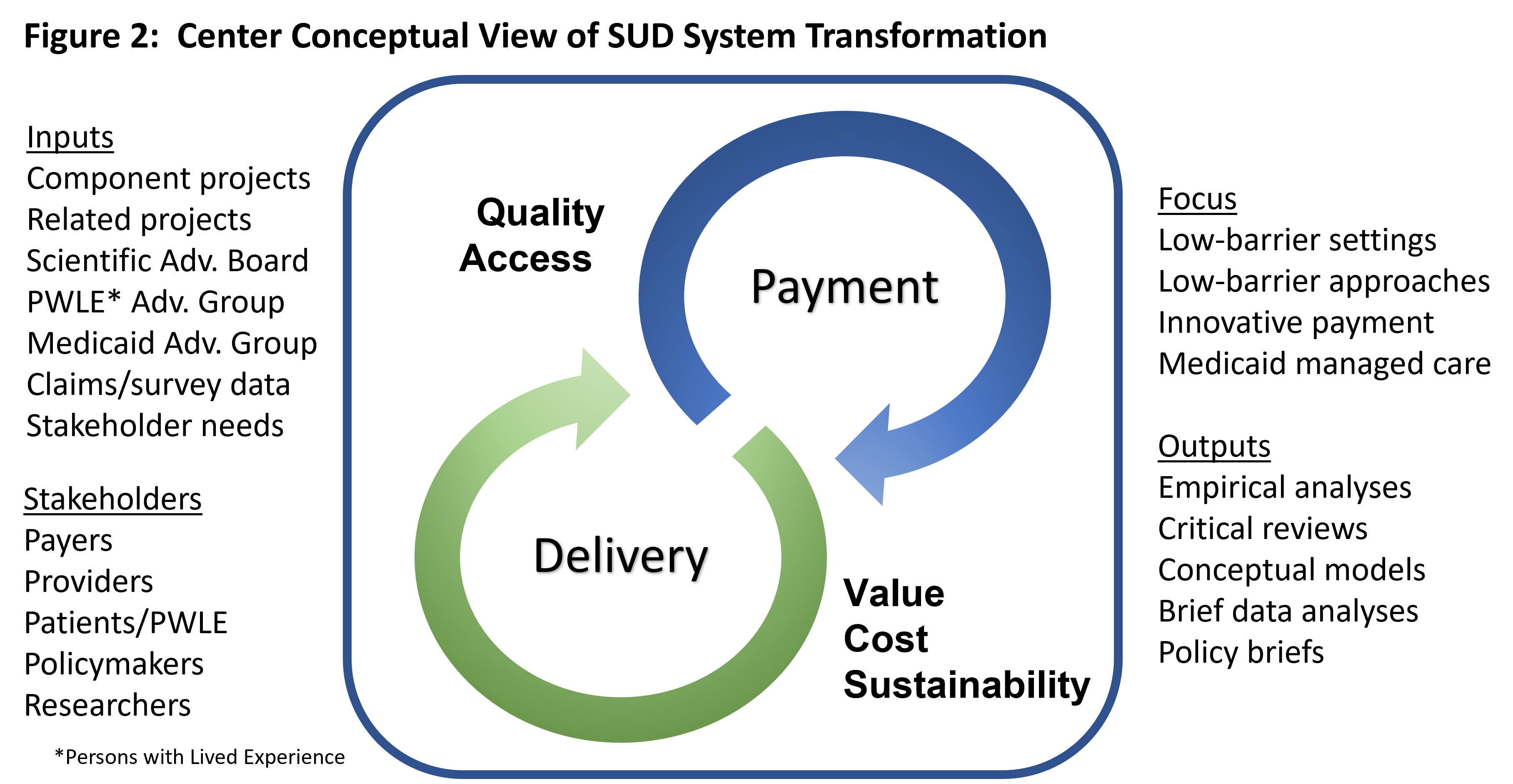The Center was originally established in 1995, with Connie Horgan as the director, as the Brandeis-Harvard NIDA Center on Managed Care and Drug Abuse Treatment. At that time, drug use disorder treatment in both the public and private sectors was increasingly being delivered in a managed care environment; therefore, the Center focused on assessing the effects of managed care on drug use disorder treatment availability, content, duration, and utilization, as well as on treatment financing and organization. Although managed care was expanding rapidly, little was known about what it actually involved and, more importantly, what its impact might be. This original iteration of the NIDA Center (1995-2003) might be thought of as conducting “first generation” studies that sought to describe the “black box” of managed care, examine its growth, and compare its impact on cost and utilization to more traditional healthcare delivery/payment arrangements.
Since managed care covers such a large part of the U.S. population and is continually changing, it was essential to drive center research towards understanding which specific elements of managed care make a difference in the effective delivery of substance abuse services. The second iteration of the Center (2005-2013), with Connie Horgan as director, built on the understanding that the ubiquitous use of managed care strategies within the current health care system has not uniformly led to the delivery of effective care. Center research focused on identifying which specific elements of organization, management, financing and payment make a difference in effective drug abuse service delivery, and understanding how incentives within these four areas can be used to encourage or support better quality in drug abuse treatment services.
In its third iteration (2015-present), with Connie Horgan as director through 2022 and Sharon Reif and Haiden Huskamp as co-directors since August 2022, the Brandeis-Harvard NIDA Center gravitated towards a broader systems perspective, focusing on improving the quality of healthcare. The Center is highly innovative in that it explicitly recognizes that payment and delivery systems are intrinsically intertwined and must be considered together in order to advance the science. The Center branches out beyond academia, engaging in the real world to learn how payment and delivery system changes are playing out for the payers, provider organizations and clinicians across the country.


